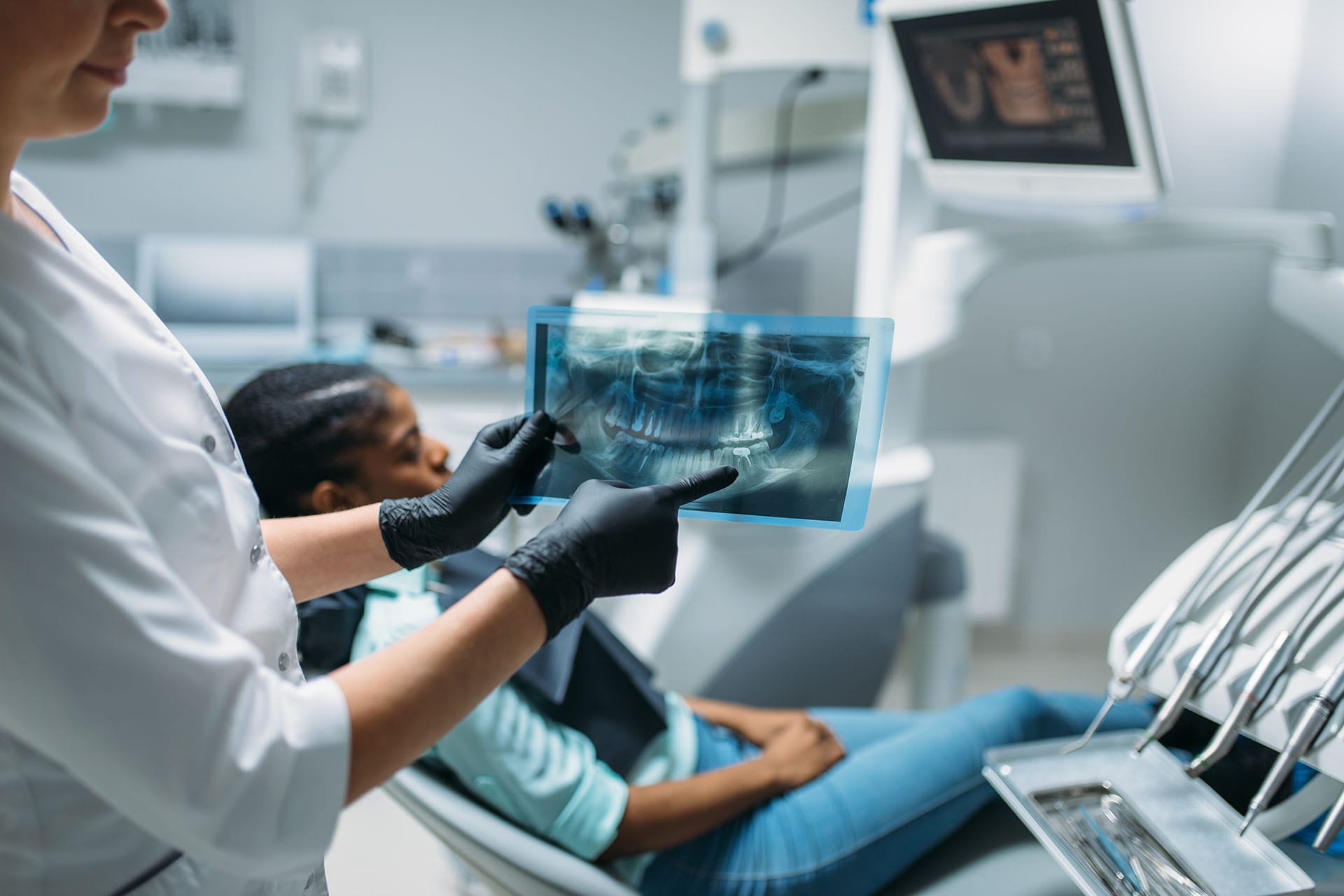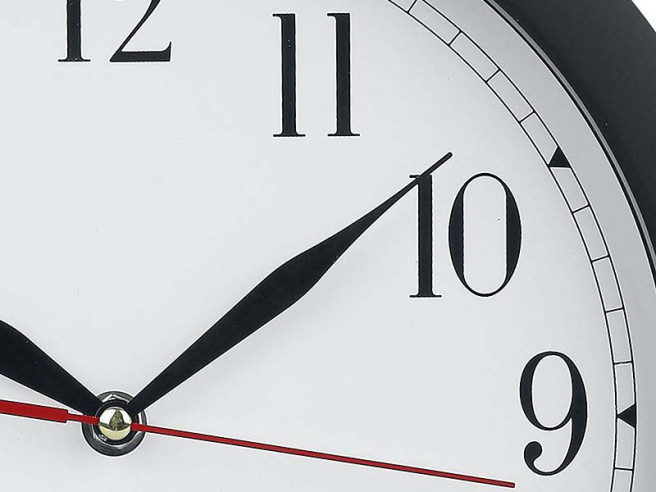The Food and Drug Administration (FDA or the Agency), the US regulating authority in the sphere of healthcare products, has published a guidance document dedicated to De Novo Classification requests and the way they impact the FDA review clock and goals. The document addresses the aspects related to actions of the authority itself, as well as the actions that could be taken by the entity applying for a De Novo classification (requester). As it was mentioned before, the guidance is non-binding and is intended to provide additional clarifications regarding the applicable regulatory requirements, and also recommendations to be considered by medical device manufacturers and other parties involved to ensure compliance thereto. The FDA also states that an alternative approach could be applied, provided such an approach complies with existing legislation and has been agreed with the authority in advance.

Table of Contents

Requester Actions: Key Points
As it was described, in the course of a De Novo classification request review, the authority may request additional information or documentation to be provided, should it be reasonably necessary to complete the review. Consequently, the actions a requester may take include both actions (e.g., providing the information requested or withdrawing the request), or abstaining from actions (e.g., failure to respond to an FDA request in time – by the applicable requirements, an applicant should duly provide the information requested by the authority no later than 180 calendar days from the date the appropriate request has been issued, and should the applicant fail to provide these details, the application will be deemed withdrawn). Each of these actions would impact the FDA review clock, and the document further describes the effect that will be caused.
The Agency also mentions that by the applicable legislation, the submission of an initial De Novo classification request, as well as any other submissions intended to amend or withdraw it are subject to eCopy program requirements. In this regard, the FDA refers to the respective guidance document “eCopy Program for Medical Device Submissions”.
Class I Software Medical Devices
Class I is the lowest class under the applicable classification system and applies to the devices with the lowest risk associated thereto. Hence, the applicable regulatory controls are quite low as well. In the case of software-based medical devices, this class applies for the devices that are:
- Intended to monitor the state or progression of a disease;
- Providing information that does not indicate if an individual may be in danger;
- Associated with a low public health risk.
Class IIa Software Medical Devices
This category applies to medical devices associated with medium risk. An example provided by the TGA describes diabetes diagnosis software that is intended to be used by a healthcare professional. Thus, such a product is a Class IIa medical device as the device provides information to a relevant health professional to inform the diagnosis of a serious disease. This category also covers risk prediction software, as well as the tools that record data from a patient monitor or images directly from an MRI scanner (provided that such software does not impact the operations of a scanner itself).
Class IIb Software Medical Devices
This category applies to medical devices associated with medium-high risk. For instance, such classification should be applied to a product that is intended to analyze a cardiac MRI in order to provide information used in making diagnoses of related diseases. As in the previous example, the software is intended to provide information to healthcare professionals only. As described in the guidance, Class IIb applies to medical software that is intended by the manufacturer (the software developer) to provide information to a relevant health professional to inform the diagnosis of a serious disease. Other examples of Class IIb products include tools intended to be used to diagnose an acute arterial occlusion due to the severity of potential consequences of this disease if the necessary treatment is not applied. This category also covers software products that are intended to provide recommendations for treatment or intervention on the basis of input data (e.g., a coronary angiogram). As in the previous cases, such software should be used only by healthcare professionals. Consequently, a Class IIb software-based medical device is the one that is intended to:
- Recommend a treatment or intervention to a relevant health professional for the purposes of making a decision about the treatment or intervention; and
- Be used in cases when the absence of a treatment or a treatment itself could result in severe health deterioration or other adverse consequences.
The same classification applies to wearable devices intended to collect and analyze data for screening for serious heart diseases, as well as questionnaire apps intended to analyze the information provided by a patient and provide a diagnostic output.

Response to an AI Request
The first type of action described in the guidance is a response the applicant may provide to a request for additional information (AI request) the authority issues in case the information initially provided by the applicant is not sufficient to complete review. It is important to mention that this applies to a substantive review, which is the second part of a review process that also contains an acceptance review as a first step. The Agency issues an AI request in case of significant deficiencies identified in the initial application. Hence, a response to such a request should cover all the points addressed in the request. As it was mentioned before, a response to an AI request should be provided within 180 calendar days from the date of request. Once an AI request has been issued, the FDA review clock stops and resumes only when the applicant provides a response containing the information requested.
The authority additionally emphasizes that if FDA determines that the requester has not addressed one or more of the deficiencies identified in the AI request, the review cycle will be terminated until FDA receives a response addressing the remaining deficiencies. Should it be the case, the authority will duly notify the applicant, while the latter would have to provide the information remaining. It is important to mention that in such a case the response timeline will be calculated from the date of the initial AI request, while the first (incomplete) response should not be taken into consideration. Should the requester fail to provide information remaining in time, the respective De Novo classification request will be deemed withdrawn.
Request for Withdrawal of the De Novo Request
Another action the applicant may take is to inform the authority about its intent to withdraw the request. According to the applicable legislation, a requester is entitled to initiate a withdrawal without a cause at any time, unless there is a final decision issued by the Agency – withdrawal request submitted after a decision has been taken would not be considered by the authority.
A withdrawal request itself is a final action since it shuts off the FDA review clock. Hence, once the withdrawal request is received by the FDA, the calculation of all the timelines should be stoped, and the authority should cease processing the application irrespectively of its status at the moment the request is received.
MDUFA IV Goals: Additional Aspects
As described in the document, the Medical Device User Fee Amendments of 2017 (MDUFA IV) amended the Federal Food, Drug, and Cosmetic Act (the FD&C Act) to authorize FDA to collect user fees for the review of certain premarket submissions received on or after October 1, 2017, including De Novo classification request. As further explained by the Agency, the funds obtained in such a way would be used to improve the overall medical device review process.
To evaluate the effectiveness of the regulatory processes related to medical devices, the appropriate goals have been determined.
According to the guidance, MDUFA-related timelines are calculated using FDA Days, which are calendar days when a submission is considered to be under review at the Agency. As further explained by the authority, FDA Days begin on the date of receipt of the submission (i.e., the user fee is paid and a validated eCopy is provided). Under the general rule, the FDA should take an MDUFA Decision to grant or decline within 150 FDA Days calculated from the date the initial De Novo classification request has been submitted by an interested party. Should the FDA fail to come up with a final decision within 180 FDA days, it should contact the applicant to justify the reasons and agree on further steps to be taken.
In summary, the present FDA guidance outlines the actions an interested party may take about a De Novo classification request, and also provides additional clarifications regarding the impact such actions would have on the FDA review clock. The scope of the guidance covers such actions as responding to a request for additional information, notifying the authority about the intent to withdraw a request, or failing to provide the information requested by the FDA in time.
Sources:
How Can RegDesk Help?
RegDesk is a next-generation web-based software for medical device and IVD companies. Our cutting-edge platform uses machine learning to provide regulatory intelligence, application preparation, submission, and approvals management globally. Our clients also have access to our network of over 4000 compliance experts worldwide to obtain verification on critical questions. Applications that normally take 6 months to prepare can now be prepared within 6 days using RegDesk Dash(TM). Global expansion has never been this simple.

